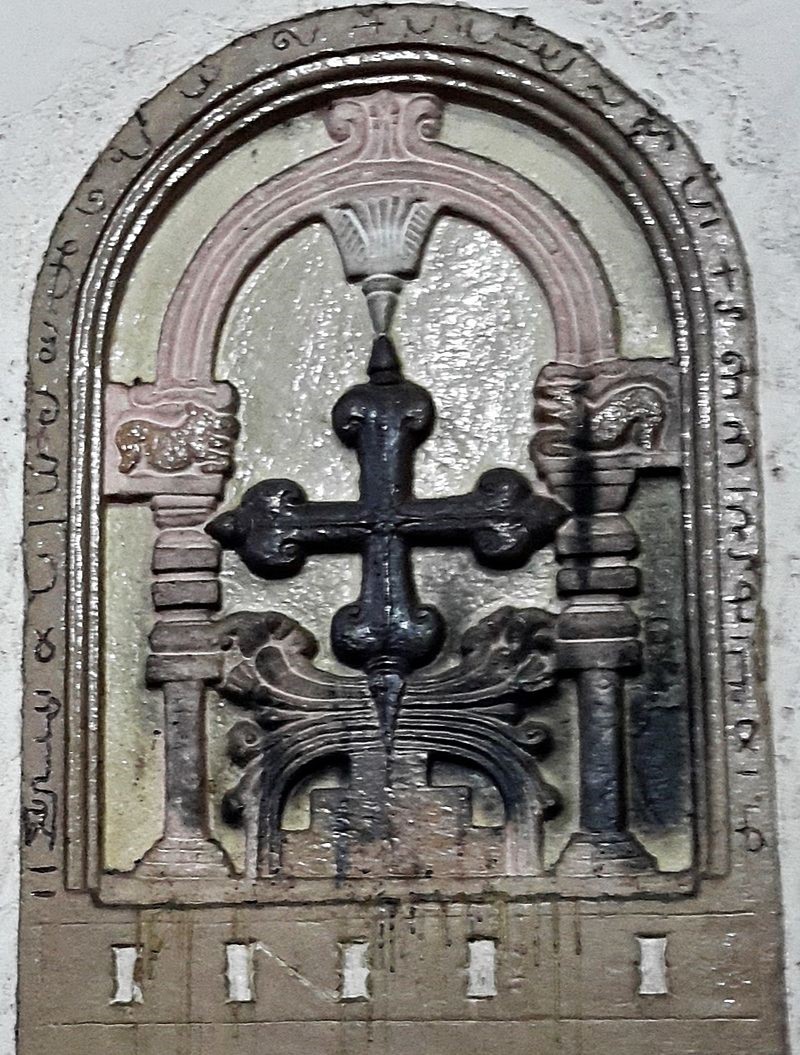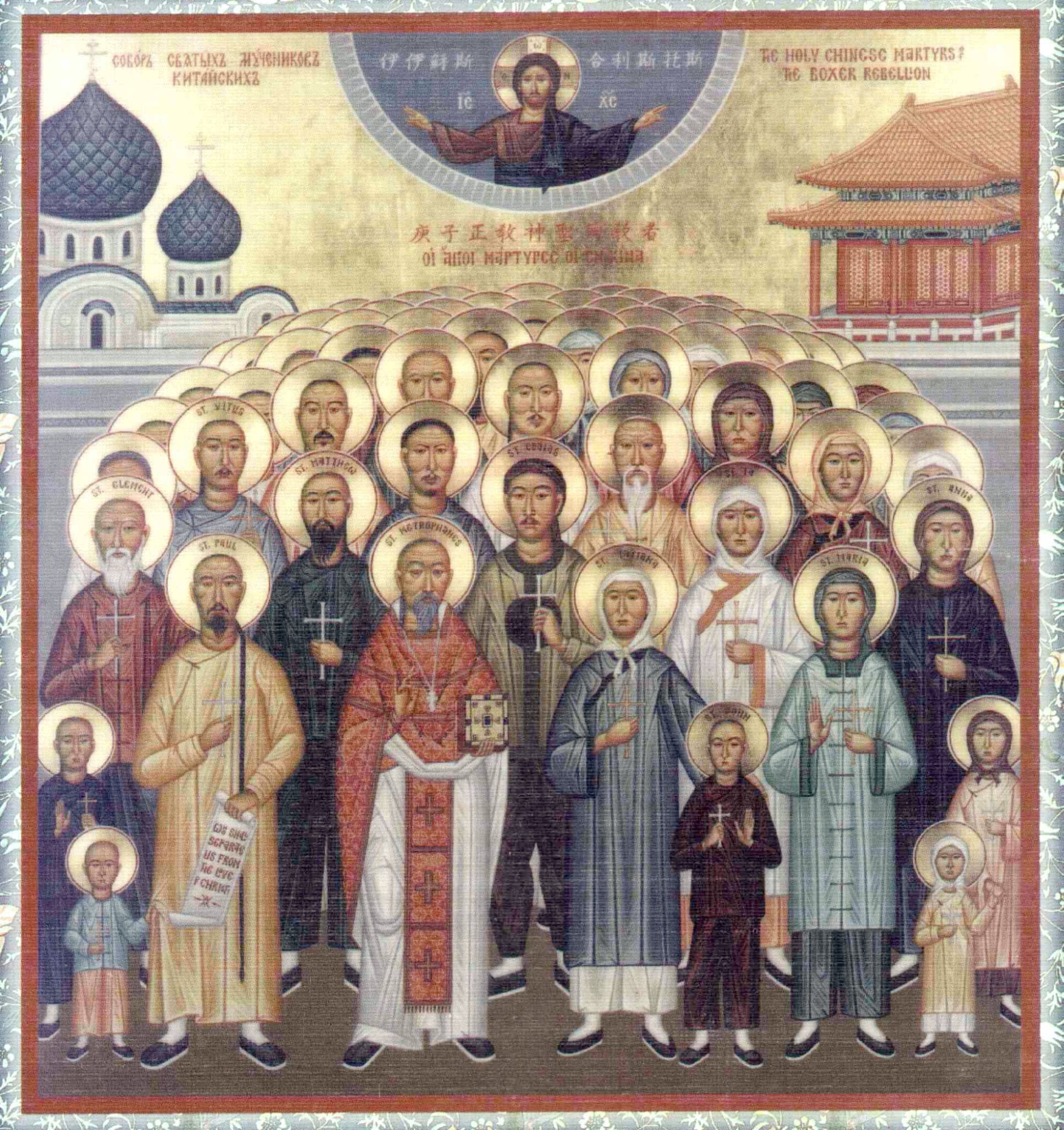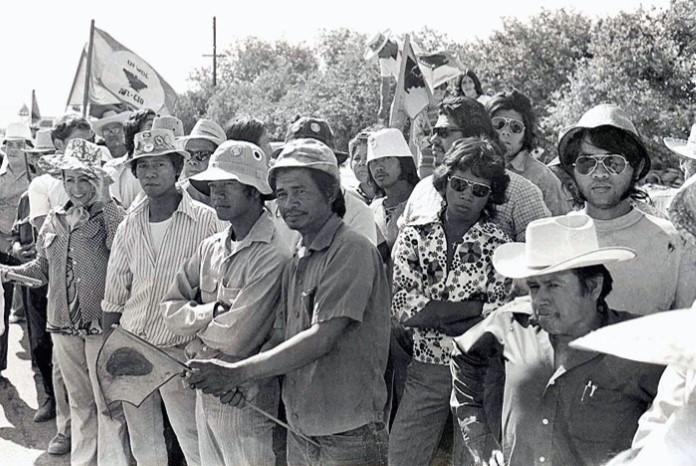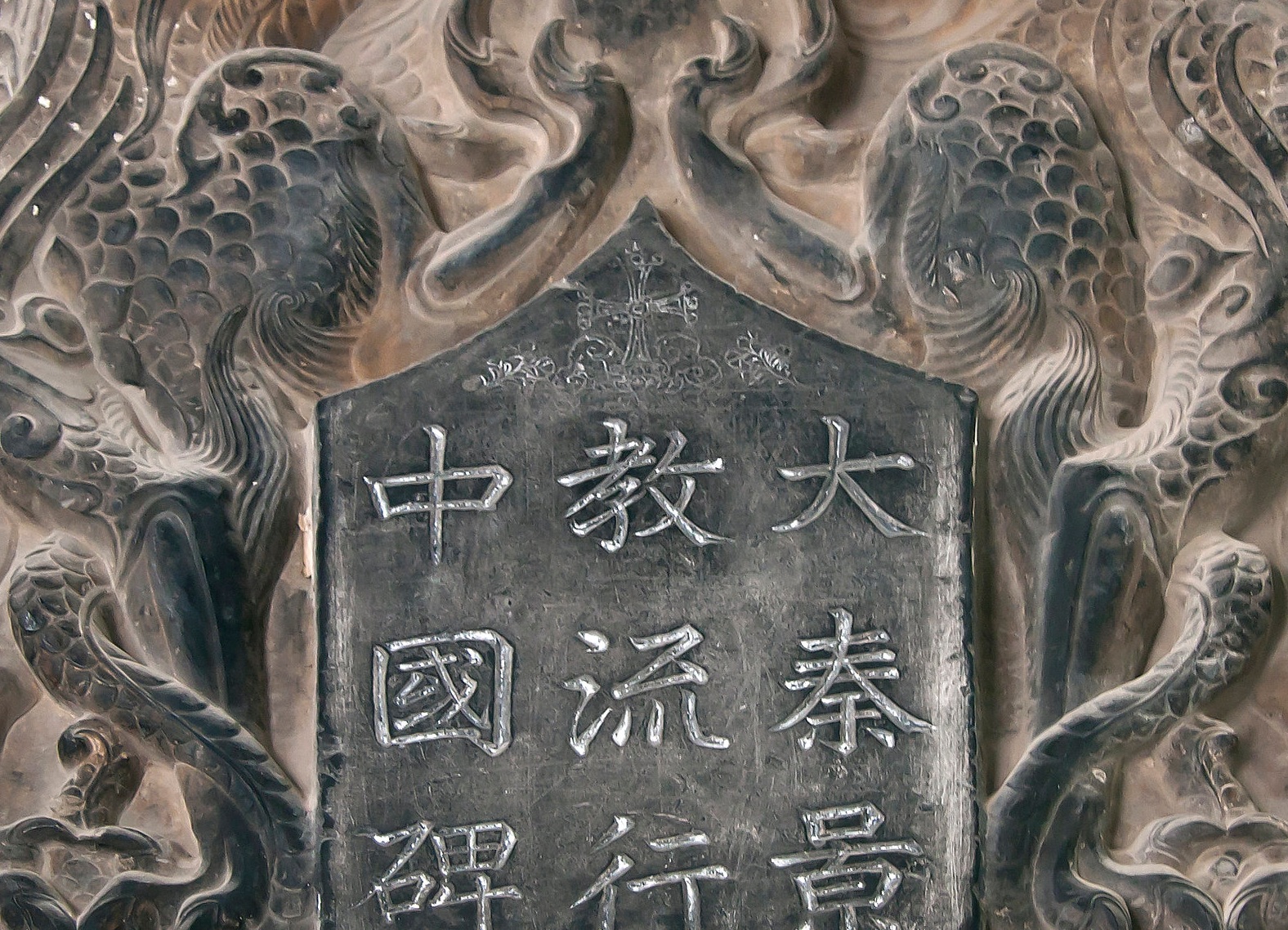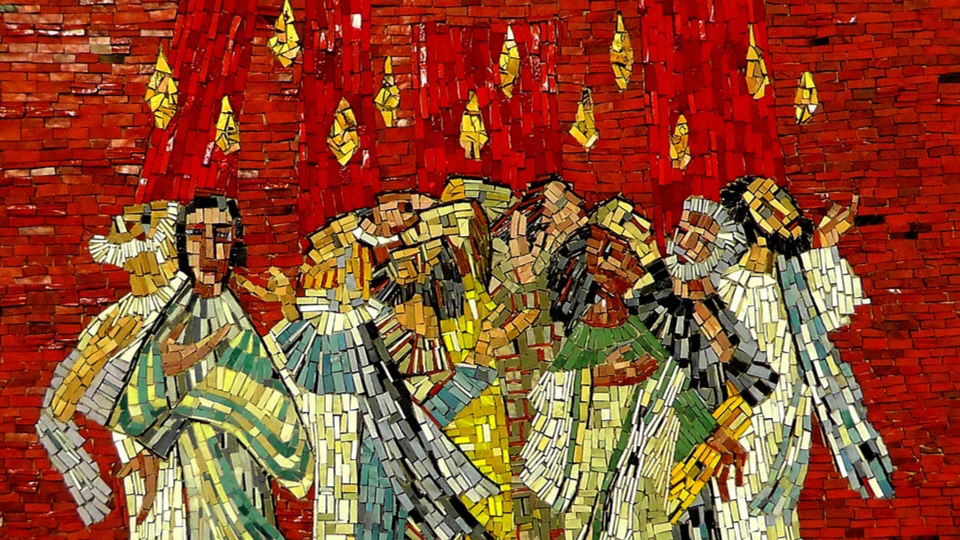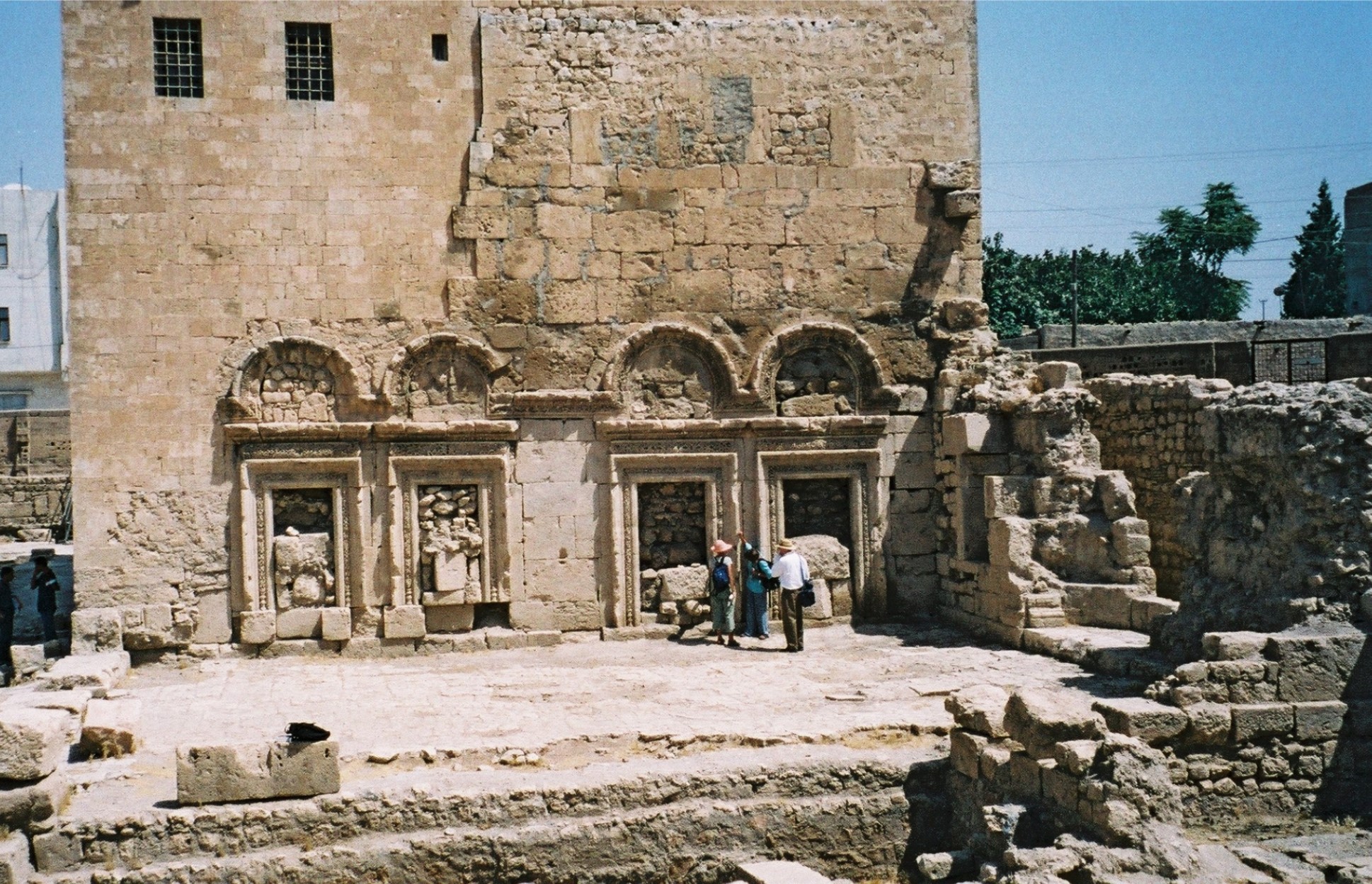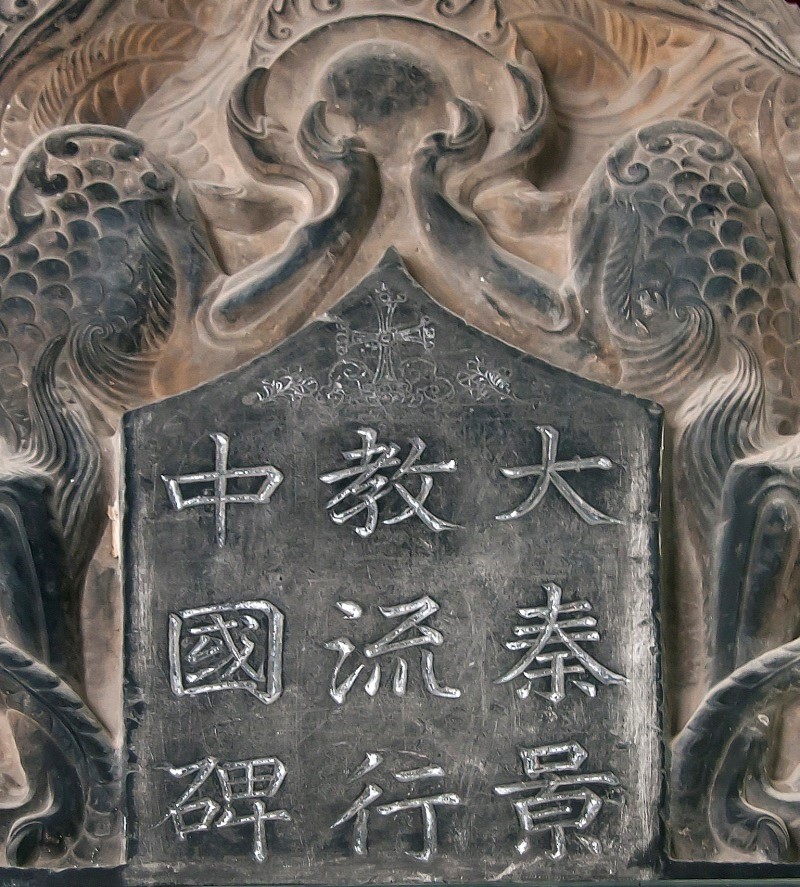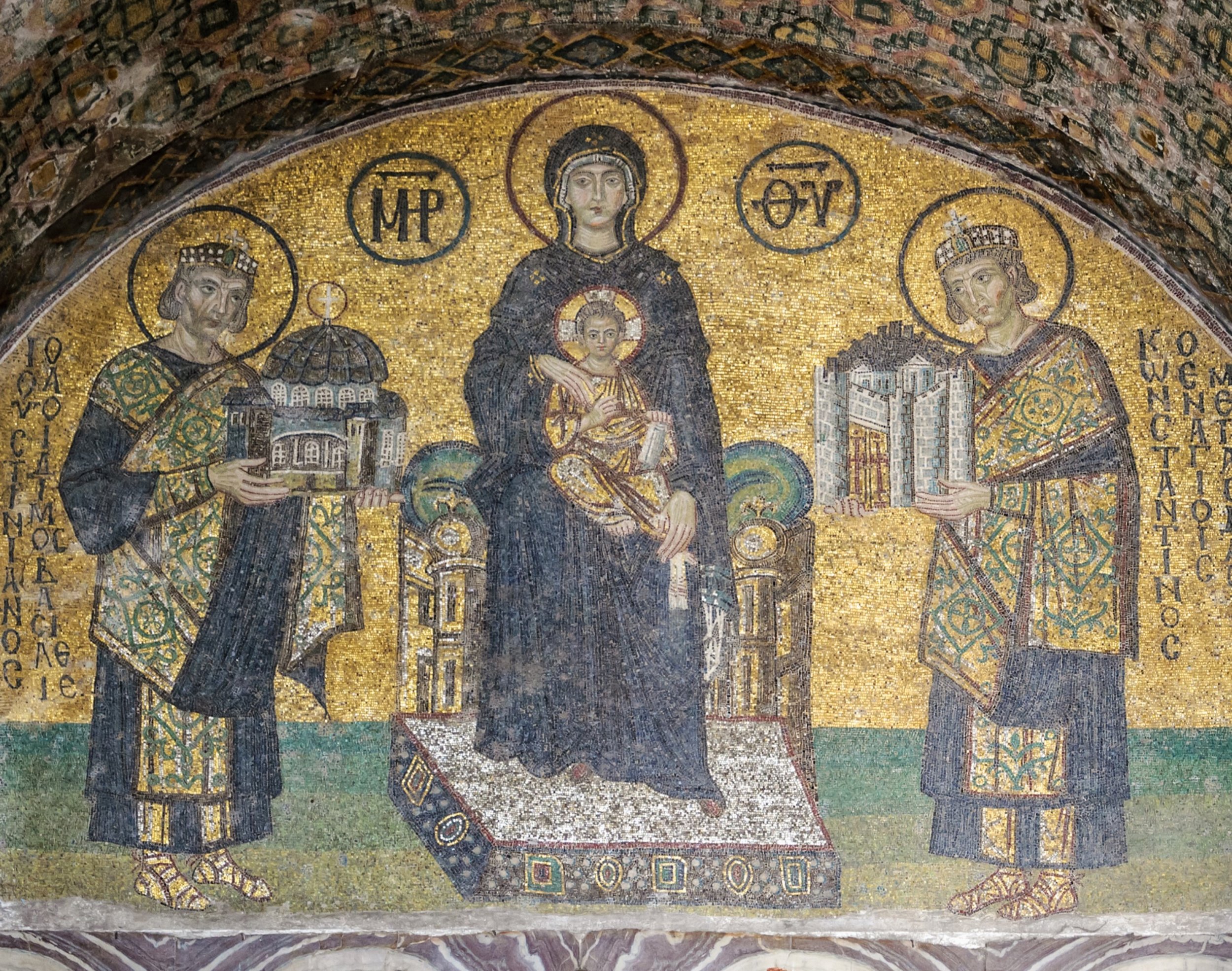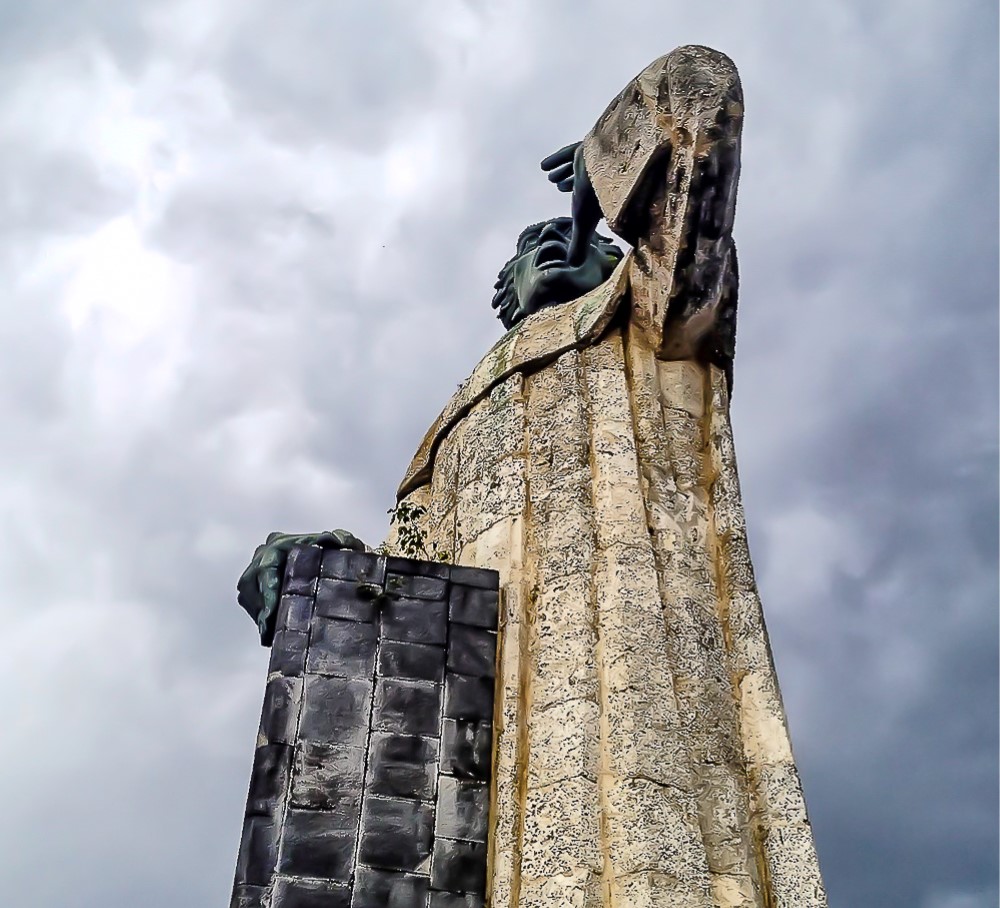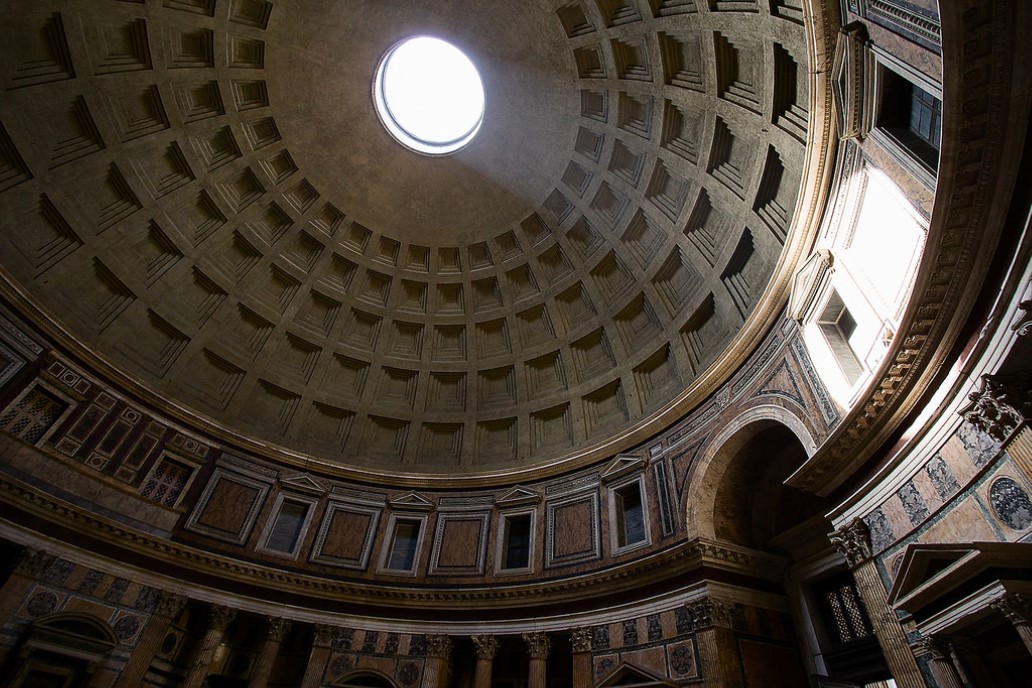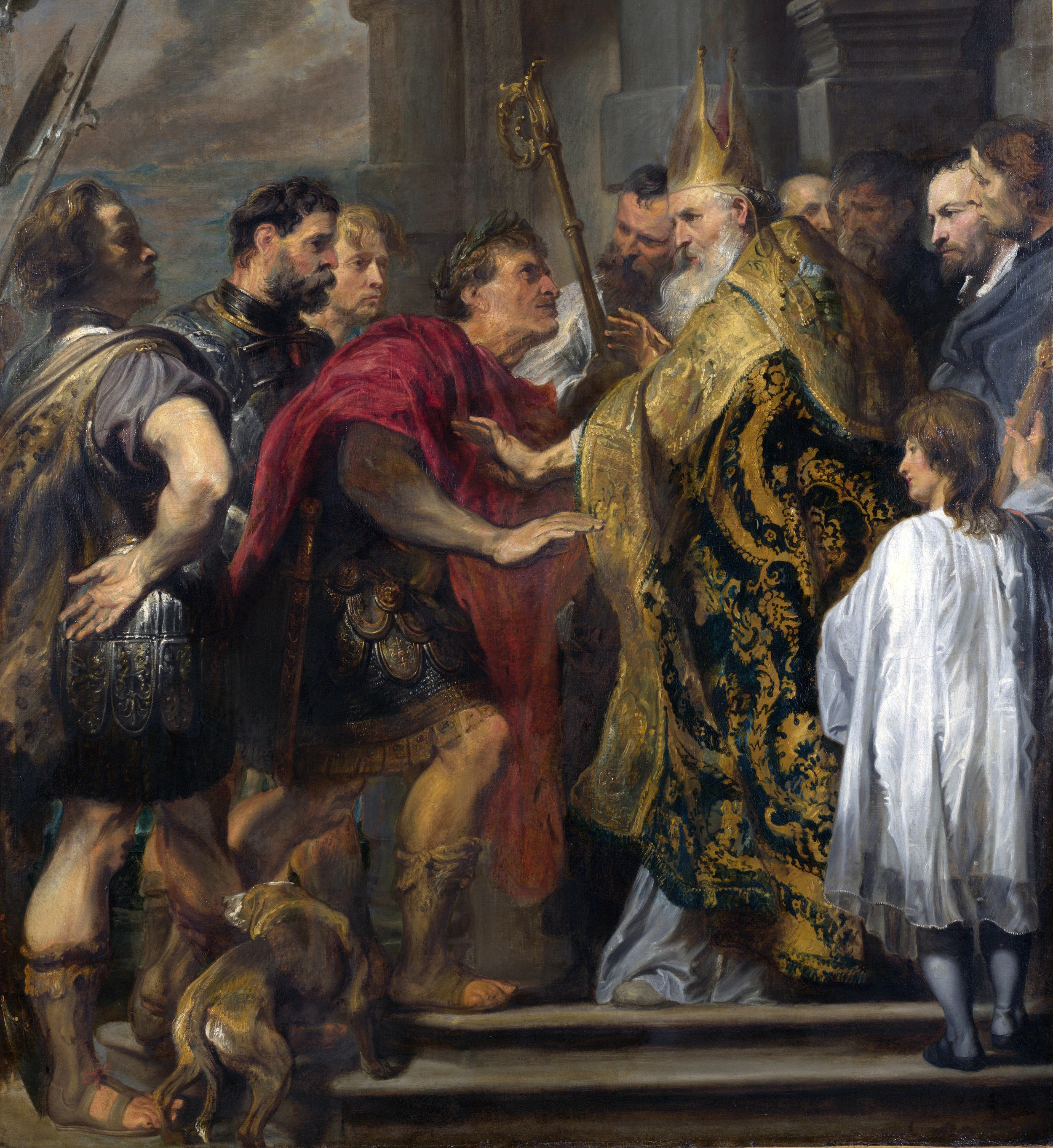The Church in Asia
30 - 1582 AD
Photograph: Persian Nasrani cross from the 9th century. Photo credit: Jogytmathew | CC3.0, Wikimedia Commons. The Persian Nasrani cross is used by many Mar Thoma Christians in Kerala, India, who are spiritual descendants of the apostle Thomas, who arrived there in 52 AD according to tradition. See Chandran Nair, There’s a Place in India Where Religions Coexist Beautifully and Gender Equality Is Unmatched. Huffington Post, Apr 6, 2016.
Introduction
The selection of perspectives on church history in this section — Church and Empire — has been guided by three factors: (1) to demonstrate that Christianity has not been a “white man’s religion”; (2) the study of empire as a recurring motif in Scripture by recent biblical studies scholars; and (3) explorations of biblical Christian ethics on issues of power and polity, to understand how Christians were faithful to Christ or not. Christian relational ethics continues a Christian theological anthropology that began with reflection on the human nature of Jesus, and the human experience of biblical Israel.
This page explores how Christians related to political power in Asia prior to 1582.
Messages and Resources on the Church in Asia Pre-1582
Jesus in the Indian & Indian-American Experience (tbd)
Slavery: How the Early Church Got It Right
Presentation given October 2, 2021 to the Reconstruction class. Explores early Christian emancipation and abolition. While Christians did not eliminate all forms of servitude, since servitude for civic penalties, indebtedness, war captivity, and self-indenture persisted, Christians eventually did eliminate what we know as chattel slavery. The presentation examines Old Testament institution of the Hebrew ebed servant, and the New Testament approach to Greco-Roman modes of servitude. We glance at how colonialism and Trans-Atlantic slavery deformed traditional Christian teaching, mindful that more slavery exists today across the globe than every before, and that in the U.S., indebtedness and incarceration show that we have greatly exaggerated the claims that the U.S. has done better than the Bible on “slavery” and its constellation of challenges.
Slavery in Christianity, Part 2: Abolitionism from the First to Fifteenth Century
Research that demonstrates that, although “slavery” was a complex phenomenon and varied across cultural groups and time periods, Christians understood the Bible as being against chattel slavery, and most other forms as well, and that Christian faith began to abolish slavery immediately, eventually formally abolishing it in northwestern and northern Europe by the 1300’s, despite the political upheavals and rising and falling of various political regimes. This includes the evidence from the “Nestorian Stone” in Xi’an, China, which speaks of Christians emancipating enslaved people. I am aware of ups and downs, because kingdoms rose and fell, regimes changed, and governments were not always consistent. Nevertheless, these historical record challenges the narrative that Christianity is ambiguous at best on slavery. Rather, Christianity is the only belief system that has generated abolitionist and anti-trafficking movements. See also Slavery in Islam: From the Seventh to Twenty First Century, which raises serious questions for both Muslims and also secularists who might want to argue that all belief systems are the same, etc. See also Slavery in Christianity, Part 1: Slavery in the Bible, Slavery Today, which highlights research and slides which explores the Old Testament, then the New Testament.
Text and slides of a message about the role Christian faith played in history, bringing about hospitals, abolition of slavery, education, science and technology, beauty and the arts.
Other Resources on the Church in Asia Pre-1582
The Church of the East 431 AD resources exploring the Syriac-speaking church that is sometimes seen through the lens of Nestorius, a characterization which has been recently challenged
The Oriental Orthodox Church 451 AD resources exploring the churches which upheld the Miaphysite language of Jesus’ one “physis” while the pro-Chalcedonian Churches (Constantinople and Rome) upheld two “physeis.” The selections below are guided by the attempt to understand the schism that occurred at the Council of Chalcedon in 451 AD. This includes the Egyptian Coptic, Armenian, Syrian, Ethiopian, Eritrean, and Indian Malankaran Churches.
Singapore National Heritage Board, Christianity in Asia: Sacred Art and Visual Splendour. Google Arts and Culture. a beautiful collection of Christian art from Asia; see also Christianity in Asia: Sacred Art and Visual Splendour, Asian Civilisations Museum, Singapore, now a series of YouTube videos presented by the Museum.
Department of Nestorian Studies (website) primarily researching Kazakhstan.
John M.L. Young, By Foot to China: Mission of the Church of the East to 1400. Published 1984.
Sebastian P. Brock, The "Nestorian" Church: A Lamentable Misnomer. Bulletin of the John Rylands Library, 1996. Brock discusses the historical, theological, and linguistic background to the debates around the two natures of Christ.
Samuel Hugh Moffett, A History of Christianity in Asia, Volume 1. Orbis Books | Amazon page, Apr 1998. and Volume 2. Orbis Books | Amazon page, Mar 2005.
William Dalrymple, The Incredible Journey. The Guardian, Apr 14, 2000. Dalrymple discusses the apostle Thomas in India. See the current lineage of the Saint Thomas Christians. It is plausible that Thomas passed through Taxila, near Islamabad, Pakistan, and met with the fourth King Gondophares. But the Taxila cross cannot be considered an indication of that history.
Wilhelm Baum and Dietmar W. Winkler, The Church of the East: A Concise History. Routledge | Google Books, 2000.
Robert Eric Frykenberg and Judith M. Brown, Christians, Cultural Interactions, and India's Religious Traditions. Eerdmans | Amazon page, 2002.
Robert Eric Frykenberg, Christians and Missionaries in India: Cross-Cultural Communication Since 1500. Eerdmans | Amazon page, Feb 2003.
Li Tang, A History of Uighur Religious Conversions: 5th - 16th Centuries. Academia.edu, 2005. And Asia Research Institute.
Philip Jenkins, The Lost History of Christianity: The Thousand-Year Golden Age of the Church in the Middle East, Africa, and Asia-and How It Died. HarperOne | Amazon page, Nov 3, 2009.
Aziz Atiya, History of Eastern Christianity. Gorgias Press | Amazon page, Jan 1, 2010. Atiya is a Coptic Christian; he surveys Copts and Ethiopians, along with other Oriental Orthodox Churches in Asia: Syrians, Nestorians, Armenians, and Indians.
Daniel H. Bays, A New History of Christianity in China. Wiley-Blackwell | Amazon page, 2012.
Pravoslavie, Burial of Nestorian Christians Discovered in China. Pravoslavie Orthodox Christianity blog, Jan 20, 2014.
Tjalling H.F. Halbertsma, Early Christian Remains of Inner Mongolia. Brill | Amazon page, 2008, 2015. A study of the Öngüt Christian remains in Inner Mongolia - Nestorian Christians ethnically related to the Mongols, who wrote in Syriac, Uyghur, and Chinese.
Li Tang, East Syriac Christianity in Mongol-Yuan China (12th-14th Centuries). Harrassowitz Verlag | Amazon page, Jan 2011. “East Syriac Christianity in Mongol-Yuan China. 12th-14 Centuries) offers a comprehensive history of East Syriac (known as "Nestorian") Christianity in China under the Mongol rule. Christianity in its East Syrian form first reached China in A.D. 635 through the missionary efforts of the Church of East in Persia. The religion flourished in China for 210 years until A.D. 845 when a persecution towards all foreign religions was carried out under the reign of Emperor Wuzong. r. 840-846). The comeback of Christianity to China was made possible after the 13th century Mongol conquest of Eurasia and China. East Syriac Christianity spread again widely in Mongol-Yuan China, mainly as a result of the relocation of Turkic-speaking Christians from Central Asia and the Mongolian Steppe such as the Kerait, Ongut, Uighurs, Naimans etc, who had converted to East Syriac Christianity by the 12th century.”
Li Tang and Deitmar W. Winkler, From the Oxus River to the Chinese Shores: Studies on East Syriac Christianity in China and Central Asia. LIT Verlag | Amazon page, Feb 2013.
Mar Bawai Soro, The Church of the East: Apostolic & Orthodox. CreateSpace Independent Publishing Platform | Amazon page, Jun 5, 2014. Soro narrates the history of the Assyrian Church from its origins in Mesopotamia to its missionary spread across Asia.
Angela Ambrogetti, The Story of Japan's Hidden Christians Emerges from the Vatican Archives. Catholic News Agency, Sep 17, 2015.
Amir Abdukadir, Denis Dubrovin, Nurmahamat Amat, Wenxian Liu, Ayshamgul Hasim, Anwar Aikemu, Batur Mamtimin, Halmurat Upur, The Origins of Uyghur Medicine: Debates and Perspectives. Journal of Traditional Chinese Medical Sciences, Oct 2015. Abdukadir looks at the evidence of communication with the Greco-Roman people starting from the fourth century BCE to sixth century CE - partly the benefit of Christian missions and communication between Christians.
Thomas Ertl, Repercussions from the Far East: A Comparison of the Catholic and Nestorian Presence in China. Journal of Transcultural Studies, Volume 6, Number 2, 2015.
Dietmar W. Winkler and Li Tang, eds. Hidden Treasures and Intercultural Encounters: Studies on East Syriac Christianity in China and Central Asia. LIT Verlag | Amazon page, Jul 2016.
Li Tang and Dietmar W. Winkler, Winds of Jingjiao: Studies on Syriac Christianity in China and Central Asia. LIT Verlag | Amazon page, Jul 2016.
Christopher Baumer, The Church of the East: An Illustrated History of Assyrian Christianity. I.B. Tauris | Amazon page, Nov 5, 2016. Baumer gives a richly illustrated and well narrated account, including Assyrian Christian dialogue with Zoroastrianism, Manichaeism, Islam, Buddhist, and Taoism.
Steve Cochran, Many Monks Across the Sea: Church of the East Monastic Mission in Ninth Century Asia. Oxford Centre for Mission Studies | Amazon page, 2017.
Matthew Franklin Cooper, China's Peaceful Warrior. Heavy Anglo-Orthodox blog, Oct 20, 2017. Cooper discusses Guo Ziyi, during the Tang Dynasty.
R. Todd Goodwin, Persian Christians at the Chinese Court: The Xi'an Stele and the Early Medieval Church of the East. I.B. Tauris | Amazon page, 2018.
Ron Choong, Silk Road Christianity. Academy for Christian Thought, Mar 18, 2018. Choong’s lecture on YouTube involving the Church of the East from its origins in the Persian Empire, its missionary movement across Asia, its interaction with the Mongol Empire, and Princess Sorkaktani, a Nestorian Christian whose three sons were Emperors, of Mongolia, China, and Persia.
Lance Ralston, Rabban Sauma Part 1. Communio Sanctorum, May 20, 2018. The Nestorian Turkic Christian who was a 13th century reverse "Marco Polo" as ambassador for the Mongolian Emperor to the Roman Pope and the kings of England and France. See also:
Part 2 Communio Sanctorum, May 27, 2018.
Part 3 Communio Sanctorum, Jun 3, 2018.
Part 4 Communio Sanctorum, Jun 10, 2018.
Part 5 Communio Sanctorum, Jun 17, 2018.
Part 6 Communio Sanctorum, Jun 24, 2018.
Part 7 Communio Sanctorum, Jul 1, 2018.
Part 8 Communio Sanctorum, Jul 8, 2018.
Part 9 Communio Sanctorum, Jul 15, 2018.
Part 10 Communio Sanctorum, Jul 22, 2018.
Part 11 Communio Sanctorum, Jul 29, 2018.
Part 12 Communio Sanctorum, Aug 5, 2018.
Voices of the Past, Ancient Chinese Historian Describes The First Christians. 635 AD) // The Nestorian Stele. Voices of the Past, Oct 16, 2021.
Philip Jenkins, The Forgotten Christian Queens Who Ruled (Much of) the World. Patheos, Nov 5, 2021. The Christian women of the Church of the East in the Mongol Empire: Queen Sorkaktani, Doquz, and Qutui. Also Maria Palaiologina, the daughter of the Byzantine emperor Michael VIII.
The Church in Asia: Topics:
This page is part of our section on Church and Empire: Asia, which explores the experience and activities of Christians under various regimes in Asia. It is grouped into Asia Pre-1582; Asia Post-1582; and Asian America. The year 1582 AD is significant because Jesuit missionary Matteo Ricci arrived in the Portuguese colony of Macau to begin Catholic missionary work in China. Meanwhile, the Mongol kingdoms were in decline. Prior to 1582, the Church of the East and the Oriental Orthodox Churches were present in Asia.
Church and Empire: Topics:
This page is part of our section on Church and Empire. These resources begin with a biblical exposition of Empire in Church and Empire and the meaning of Pentecost in Pentecost as Paradigm for Christianity and Cultures, then grouped by region: Middle East, Asia, Africa, Europe, Americas, then Nation-State, with special attention given to The Shoah of Nazi Germany.

